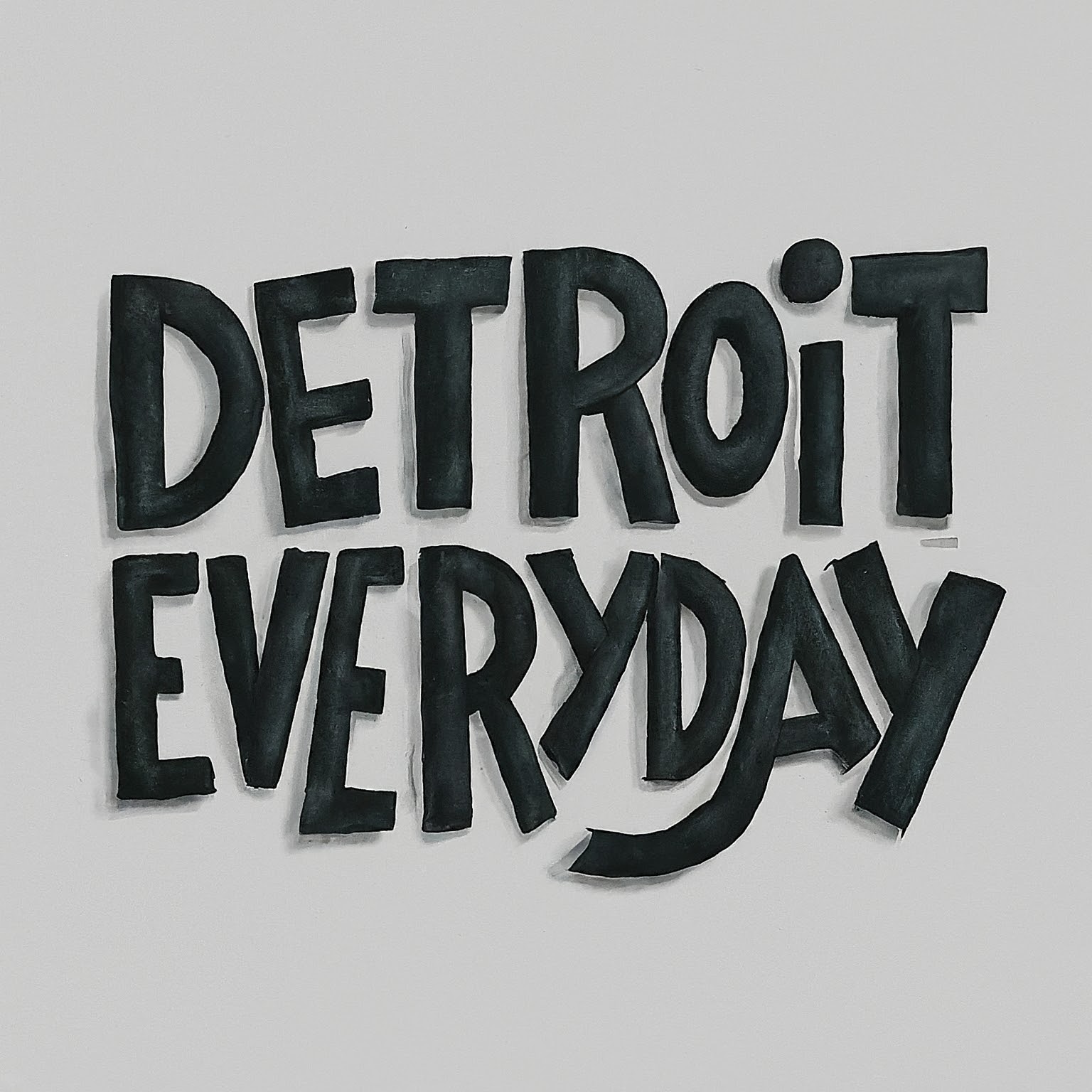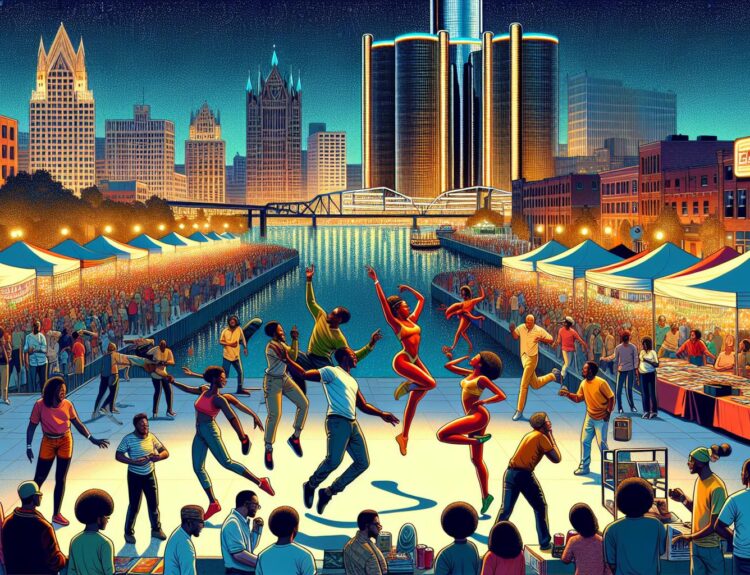Detroit’s rich tapestry is woven with vibrant threads of African American history, culture, and resilience. From the soulful sounds of Motown to the groundbreaking movements that shaped the nation, the city’s Black heritage is a story of strength and triumph. I’ve always been fascinated by how places can tell stories, and Detroit is like an open book, waiting for its tales to be explored.
So, I set out to discover the best spots in Detroit where history isn’t just remembered; it’s celebrated. Whether you’re a history buff, a culture enthusiast, or just someone curious about the roots of this dynamic city, you’ll find these places not only enlightening but also incredibly inspiring. Join me as we step back in time and uncover the gems of Detroit’s African American legacy.
Exploring Detroit’s African American Heritage
As I continued my journey to immerse myself in Detroit’s African American history, I found myself drawn to the rich tapestry of stories that have defined this city. Exploring Detroit’s African American heritage isn’t just about reading textbooks or visiting museums; it’s a journey through time and space, where every street corner, every building, has a story to tell.
The Charles H. Wright Museum of African American History was my first stop. It’s one of the largest institutions dedicated to the African American experience in the world. Wandering through the museum’s exhibits, I was struck by the depth and breadth of the histories and cultures presented. It wasn’t just about the past; the museum also showcased contemporary issues and achievements, painting a complex picture of what it means to be African American.
Next, I headed to Hitsville U.S.A., the birthplace of Motown Records. Music has always been a powerful medium for communication and expression, and nowhere is this more evident than in Motown’s legacy. Standing in Studio A, where artists like Stevie Wonder, The Supremes, and Marvin Gaye recorded some of their hits, I felt a deep connection to the city’s musical heritage. It’s a living reminder that Detroit’s contribution to music has shaped not just American culture but has resonated around the globe.
Another gem I discovered was the Detroit Historical Society’s Detroit 67: Perspectives exhibit. It provides a comprehensive look at the 1967 Detroit Rebellion, its causes, and its aftermath. What I appreciated most about this exhibit was its commitment to showing diverse perspectives, encouraging a more nuanced understanding of the events and their impact on the city and its residents.
While wandering through these historical sites, I often found myself in conversations with locals who shared their own stories and connections to the city’s past. It was in these moments, listening to personal narratives that aren’t found in any museum or book, that I felt truly connected to Detroit’s spirit.
Detroit’s African American heritage is a vibrant tapestry of resilience, creativity, and community. Each site I visited offered a unique window into the struggles and triumphs of African Americans in Detroit. But beyond the historical markers and museum exhibits, it’s the city’s ongoing story of community and resilience that truly captures the essence of its African American heritage.
Motown Museum: Where Music History Comes Alive
Walking into the Motown Museum, also known as Hitsville U.S.A., felt like stepping into a time machine. It’s not just a building; it’s a vibrant testament to the legacy of Motown Records, a record company that revolutionized the music industry and became a symbol of African American success and creativity.
Founded by Berry Gordy Jr. in 1959, this iconic studio on West Grand Boulevard was the birthplace of hits that shaped the sound of a generation. The moment I crossed the threshold, I was engulfed by the rich history that filled every corner. From the carefully preserved studio where legends like Stevie Wonder, The Supremes, and Marvin Gaye recorded their timeless tracks to the dazzling array of stage costumes and memorabilia, each exhibit spoke volumes about the impact of Motown on music and culture worldwide.
- Studio A: The heart of Motown, where countless classic songs were born.
- Michael Jackson’s Glove: A piece of pop culture history.
- The Gallery of Stars: Featuring photographs and artifacts from Motown’s greatest artists.
The tour guides at Hitsville U.S.A. are true storytellers. They don’t just recount facts; they breathe life into the narrative, sharing anecdotes and insights that paint a vivid picture of the struggles, triumphs, and indomitable spirit of the artists and the man behind the dream, Berry Gordy. It’s impossible not to be moved by the tales of perseverance and creativity that paved the way for racial integration in the music industry.
One of the most captivating stories was how Gordy’s vision created not only a sound but a community. This sense of community wasn’t confined to the artists. It extended to every staff member, from the songwriters and musicians to the behind-the-scenes teams that helped catapult Motown to international fame.
| Year Founded | Number of Hitsville Hits | Artists Launched |
|---|---|---|
| 1959 | Over 180 Top 100 hits in the 1960s | More than 100 |
Charles H. Wright Museum of African American History
When I set foot into the Charles H. Wright Museum of African American History, I knew I was about to embark on a journey through time that would vividly capture the essence of African American struggle, resilience, and triumph. This museum, one of the largest institutions dedicated to the African American experience, serves as a treasure trove of knowledge and inspiration.
The museum’s core exhibit, “And Still We Rise”, offers an immersive experience that takes visitors from the heartbreak of slavery to the unbreakable spirit of the civil rights movement and beyond. It’s impossible not to be moved by the stories of courage and perseverance depicted through the carefully curated artifacts and multimedia presentations. Each step through the exhibit feels like walking alongside the giants of history whose contributions have shaped not just a community, but a nation.
Another highlight is the “Detroit Performs!” exhibit, which showcases the city’s influence on national music, theater, and dance scenes. It’s fascinating to see how Detroit’s African American community has been instrumental in enriching America’s cultural landscape. The exhibit includes memorabilia from renowned artists and performers, offering a glimpse into the creativity and talent that thrived in the face of adversity.
Educational programs at the museum are plentiful, engaging audiences young and old in dialogues about history, identity, and social justice. I’ve attended a few workshops and lectures here, and each time, I’ve come away with deeper insights and a renewed sense of awareness about the complexities of American history.
Before leaving the museum, I always make sure to spend some time at the African Bead Museum located within the grounds. The collection here includes thousands of beads and artifacts, illustrating the beauty and diversity of African culture. It’s a vivid reminder of the connections that bind the African diaspora to its roots, transcending borders and oceans.
Visiting the Charles H. Wright Museum of African American History is more than just a learning experience; it’s an emotional journey that connects the dots between the past and the present. The narratives housed within its walls speak volumes about resilience, community, and the enduring spirit of the African American people. As I wander through its exhibits, I’m constantly reminded of the strength found in unity and the power of history to inspire future generations.
Walk Through Black Bottom: Tracing the Footsteps of the Past
When I think about immersing myself in Detroit’s rich African American heritage, few experiences feel as authentic and enlightening as a walk through the historic neighborhood of Black Bottom. Once the heart of the city’s African American community, Black Bottom was a hub of culture, music, and entrepreneurship. Strolling through its streets, I can’t help but feel the echoes of the past—imagining the jazz clubs, vibrant markets, and bustling streets that defined this area during its heyday.
The name “Black Bottom” itself originates from the dark, fertile soil found in the area, but it also came to represent the majority African American population that lived there during the 20th century. The neighborhood was demolished in the 1950s and 1960s for urban renewal projects, but its spirit lives on, particularly through the stories and memories of its former residents and the historians who preserve its legacy.
Exploring Black Bottom today offers a unique blend of historical reflection and contemporary appreciation. Sites like the Black Bottom Street View, an online project that uses photographs and narratives to recreate the neighborhood, provide a digital window into its past. However, physically walking the area lets me connect with history on a deeper level. I see the architectural remnants and imagine the sounds and scenes of a bygone era, from the vibrant life of Hastings Street to the impactful speeches delivered in local churches.
For those interested in learning more about the impact of Black Bottom on Detroit’s cultural and social fabric, there are a few key places to visit:
- Hastings Street Historical Marker: Once the commercial backbone of Black Bottom, Hastings Street was alive with jazz clubs, businesses, and social gathering spots. A historical marker commemorating this vibrant avenue offers a starting point for exploration.
- Gateway to Freedom International Memorial to the Underground Railroad: This memorial isn’t situated in Black Bottom but nearby, symbolizing the journey many African Americans made to freedom via Detroit. It’s a powerful reminder of the city’s role in the broader history of African American struggle and resilience.
The Underground Railroad Living Museum Experience
I’ve always been fascinated by the deep, rich stories of the Underground Railroad and its pivotal role in African American history. That’s why the Underground Railroad Living Museum in Detroit struck such a chord with me. It’s not just a museum; it’s an immersive journey that takes you back to the 19th century, offering a powerful glimpse into the lives of those who made the perilous journey towards freedom.
Walking through the museum, I was amazed at how it’s set up like a railroad. Visitors are considered “passengers” on the Underground Railroad, and guides, known as “conductors,” lead groups through the experience. What I found especially compelling was the attention to detail in each exhibit. Each “station” on the journey tells a unique story, drawing you deeper into the narrative of hope, bravery, and the relentless pursuit of liberty.
The museum houses an incredible array of artefacts and exhibits. But what stands out the most is the opportunity to engage with the stories through a first-person perspective. The Living Museum doesn’t just tell you about history; it lets you experience it. As I moved from room to room, I could almost feel the weight of the decisions faced by those who dared to escape, and the courage of the people who risked everything to help them.
One of the highlights of the experience for me was the replica of a slave quarter. It brought home the harsh realities of life in bondage and the contrast with the freedom that lay just beyond reach for so many. It was in this moment, standing in the dimly lit room, that I felt a profound connection to the past. The carefully curated narratives and artefacts around me served as a stark reminder of the resilience and determination of those who traveled the Underground Railroad.
The Living Museum also offers educational programs that delve deeper into the history and legacy of the Underground Railroad. For anyone interested in African American history or the broader story of human rights, these programs are an invaluable resource. They contextualize the museum’s exhibits within the larger narrative of Detroit’s role in the Underground Railroad and the fight for freedom.
Conclusion
Exploring Detroit’s rich African American history has been an enlightening journey for me. The Underground Railroad Living Museum stands out as a beacon of knowledge and inspiration. It’s not just a visit; it’s an experience that transports you back in time, offering a glimpse into the courage and determination of those who fought for freedom. The museum does an incredible job of making history come alive, ensuring we remember and honor the resilience of those who paved the way for future generations. If you’re looking to deepen your understanding of this pivotal time in American history, there’s no better place to start.


